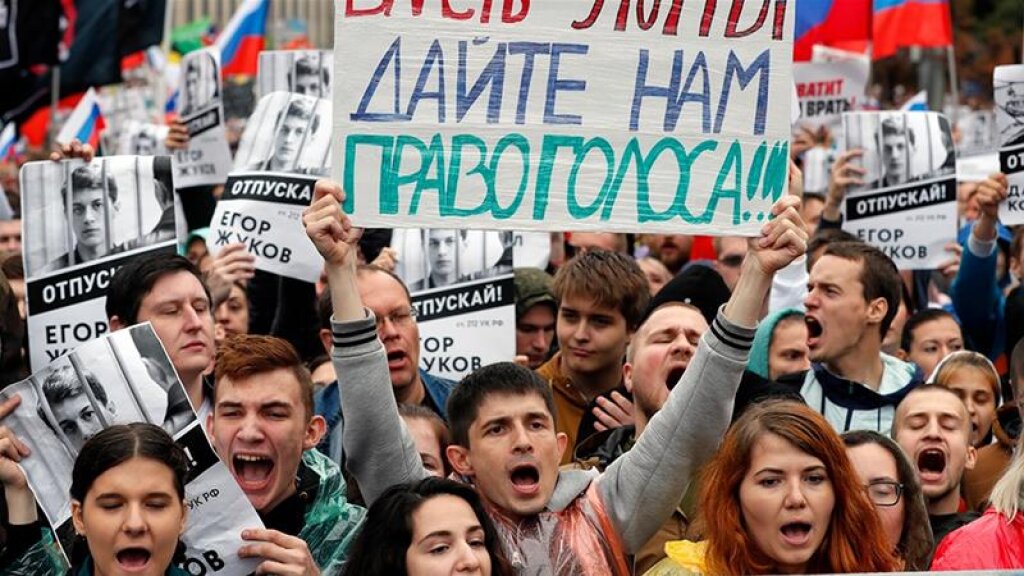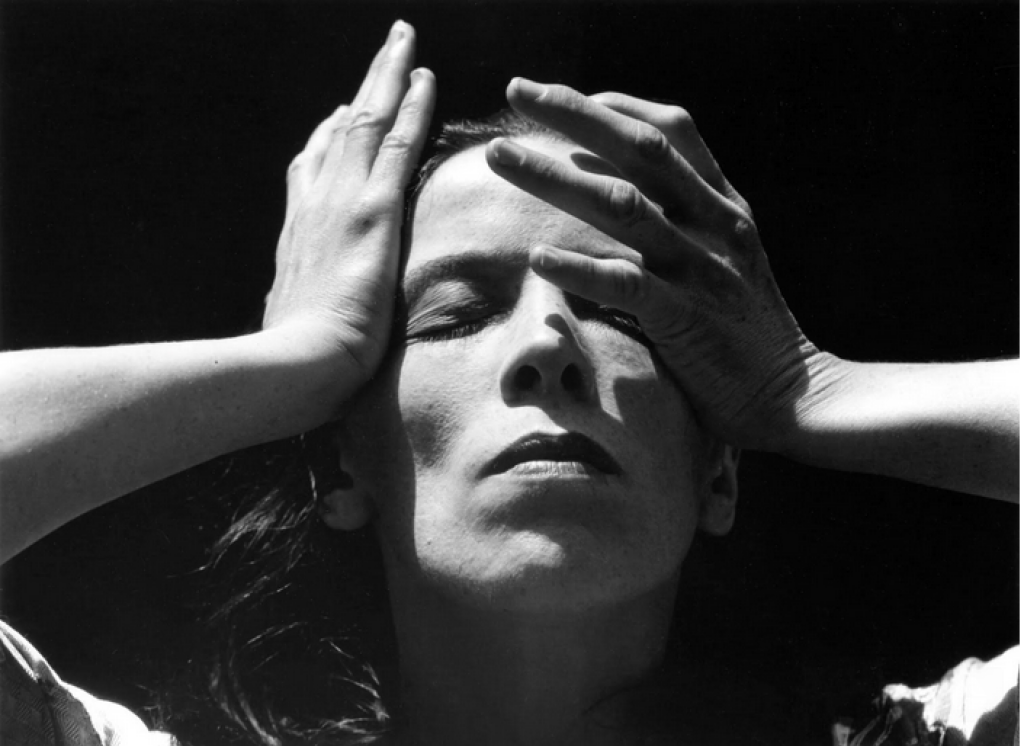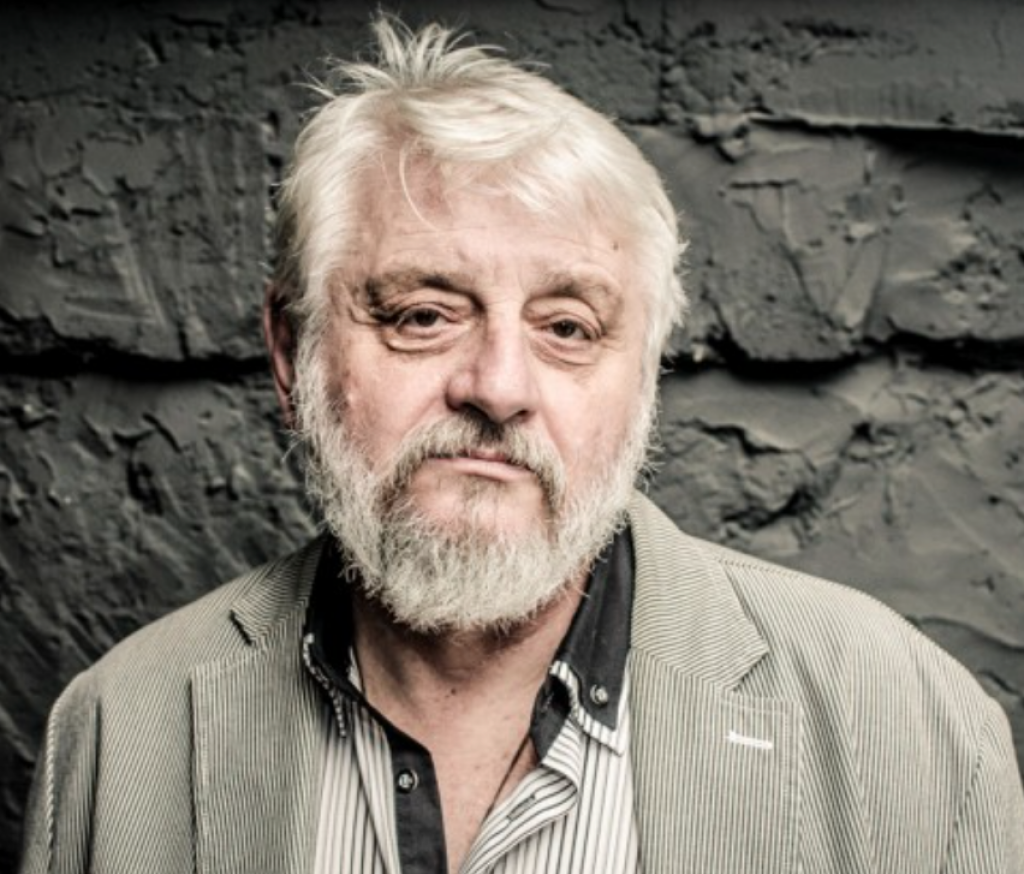Richard Arnold is Associate Professor of Political Science at Muskingum University and has published numerous articles on Russia, far-right violence, sport, and nationalism.
In 2006, Russia was reportedly home to 50,000 far-right skinheads, or half the world’s population. Nearly 13 years on, Russia’s wave of neo-Nazi violence has subsided (per known incidents of hate crime 2007-2019 on the database of Moscow's Sova center) but the country’s youth still display evidence of extremism. As protests in Moscow featuring mostly young people continue, the ideological trends and dispositions of the country’s youth are of great importance for the future of the country. Russia’s youth today seem enamored of extremist causes.
The evidence of rising extremism is plentiful. First, perhaps the most dramatic example came from Crimea when Vladislav Roslyakov (discussed in my 2018 article in the Eurasian Daily Monitor [EDM]) walked into his polytechnic school in Kerch and opened fire, killing 21 and injuring more than 40. While the world is used to witnessing such problems in the United States- and indeed, comparisons between this incident and the 1999 shooting at Columbine high school in the United States prompted commentators to name it “the Russian Columbine”- their occurrence in Russia is a new phenomenon. This attack, moreover, came after a spate of knife attacks in Russian schools in Novosibersk, Perm, and Buryatia regions.
Nor was this the only noteworthy attack in Russia in 2018. Just over a month later, a radicalized youth committed a terrorist attack against an FSB office in Archangelsk. According to media reports, the youth committed the attack because the FSB “fabricate cases and torture people” and the bombing was meant to send a message that the Russian people would just not take it anymore. Like with the Kerch shooter, the bomber had a history of identifying with extremist causes.
Third, another attack on the authorities came the preceding year when a young man with neo-Nazi affiliations opened fire on FSB offices in Khabarovsk on April 21, 2017 — close to Hitler’s birthday. The gunman, later identified as 17-year-old A. V. Konov, killed one FSB employee and a man from Central Asia. The shift of individual members of the radical right to targeting state offices instead of racial and cultural minorities is one presaged by a similar tactical move on the part of far-right political groups such as the Movement Against Illegal Immigration and Slavic Union.
Moreover, evidence from the 2015 MYPLACE survey of youth in European countries for the EU suggests this is not limited to lone wolf attacks but such radical ideas are shared at a broader social level. Russia youth surveyed in Vyborg and Kupchino agreed at comparatively high levels with statements like “[Russia] should have border controls and visa restrictions to prevent further immigration.” Against this picture the government has been pushing the ideology of patriotism as a means of promoting social integration, including doing so through sport, but the picture remains of some sections of youth pushed to the most radical and divisive ideas in society.
Russian youth thus show a tendency to extremism and radical behavior. How can we explain this?
Structurally, declining demographics in Russia have created a situation where the government is forced to admit more migrants from neighboring countries with mostly Turkic populations to provide manpower for industry. During the 1990s and still today, the willingness of young Russians to have children (and especially multiple children) mean that Russia is on course to suffer the largest population decline outside of wartime in history—10 million people by 2050. Natural population growth practically only exists in areas with more traditional societies, such as the Muslim republics of the North Caucasus, whose people many European Russians view as internal aliens anyway (and which are becoming virtually monoethnic societies). Flamboyant Russian politician Vladimir Zhirinovsky has proposed the idea of establishing a visa regime with the North Caucasus republics and called for measures to limit the birth rate there.
The entry of ethnically distinct peoples into the Russian heartland is thus one of the most notable developments of post-Soviet society and particularly distinct from the Soviet government’s strong efforts to control internal and external migration. In 1987, for instance, Moscow was one of the only countries in the world with a capital city less diverse than the country of which it was the capital- a situation markedly different from today. Such immigrants are often viewed through the prism of crime — a feature which in part explains the pogroms in the ethnic republic of Sakha (Yakutia), where mostly young people protested and attacked Kyrgyz migrants.
Of course, demographics can only explain part of the situation and much of the social anger must be attributed to the parlous economic situation in which the country’s youth find themselves. Research from Russian economists at Moscow Lomonosov University, as reported in Izvestiia, suggests a high level of frustration on the part of recent university graduates who emerge from their studies only to find there are no jobs at their level of qualifications and so are Not in Education, Employment, or Training (NEETs). According to some sources, Russia has the highest number of NEETs in the industrialized world. This mismatch between the work for which specialists are trained and the actual work available is a perfect scenario to generate anomie, a condition that blights many countries besides Russia, and which can find expression in extremism.
Indeed, it is this anomie which explains some of the political protests seen in Moscow over the summer. Some protestors have held signs insisting the government lives up to the letter of the constitution, honoring all the rights outlined in that document including freedoms of speech and assembly. Many of the protests organized by Alexei Navalny have focused specifically on the young, including sometimes those as young as 12 or 13. One might suggest that the rise in the prominence of extremist ideas are the flip side of protests, providing a voice and means of expression to a youth who feel there is no room for them in the political mainstream.
At the same time, Russian youth represent their Western peers inasmuch as they are spending more time online and prone to the same kind of disinformation and echo-chamber cultivation of extremism. A survey of youth in Sverdlovsk region carried out by Urals Federal University[1], for instance, saw a decline in traditional leisure pursuits among the young (such as pursuing “romantic meetings”) alongside a rise in internet activities such as “surfing” or using social media. The internet also represents a new frontier for the censors, being an arena where it is much harder to control content.
Against this background, the Kremlin’s attempts to repress protests calling for a loosening of the political system bode ill for the future of Russia and not just its current political regime. An earlier incarnation of Navalny saw him garner support through anti-Caucasus tirades — a populist bent he could easily rediscover in competitive elections. Pressures that build up within the system are thus providing oxygen for youth extremism.
[1] Vishnevskii, Iu. [Ed.] (2017) Student 1995-2016 gg.: dinamika sotsiokul’turnogo razvitiia studenchestva Srednego Urala (Ekaterinburg, UrFU)



